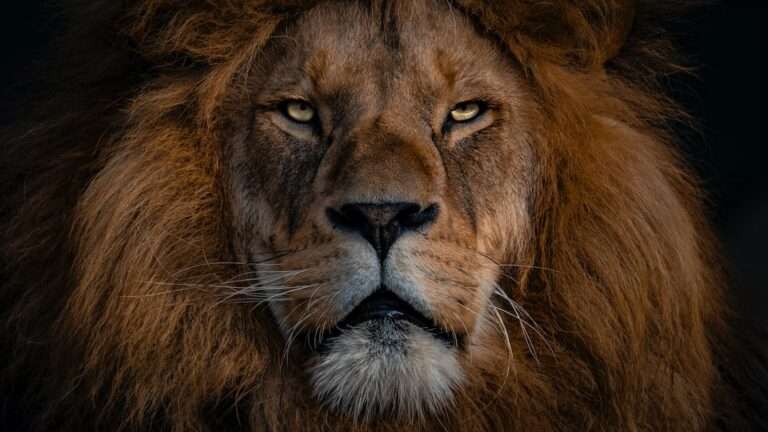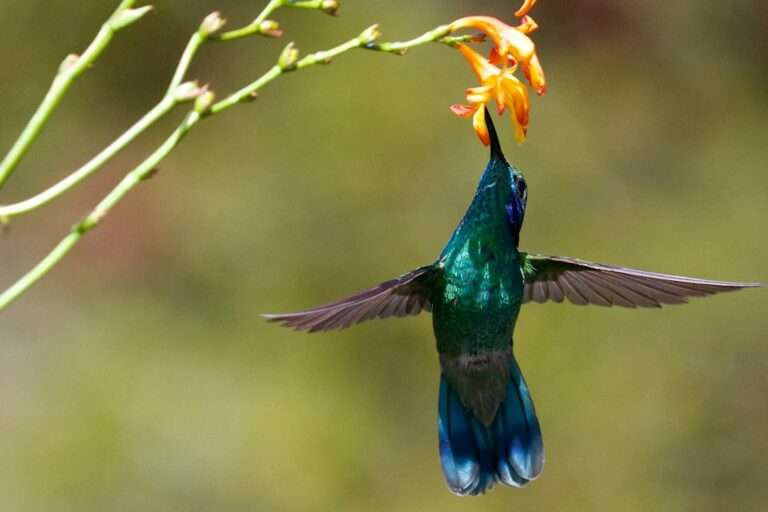The Raven’s Mystical Symbolism: Unraveling the Secrets of this Enigmatic Bird
The raven is a creature that has captivated the human imagination for centuries. With its dark feathers, piercing eyes, and mysterious nature, the raven has played a significant role in mythology and folklore across various cultures and traditions. From Native American tribes to Norse mythology, the raven has been revered as a symbol of wisdom, prophecy, and transformation. Its association with death, magic, and creation myths further adds to its intriguing significance.
Key Takeaways
- The raven has significant symbolism in mythology and folklore across cultures.
- It is often associated with death and the afterlife, as well as magic and the occult.
- The raven plays a role in creation myths and origin stories, and is known as a trickster and shape-shifter.
- Its significance is also seen in literature, art, and environmental conservation efforts.
- The raven continues to hold spiritual and personal significance in modern times, showcasing its enduring mystique and power as a symbolic creature.
The Raven’s Symbolism in Different Cultures and Traditions
In Native American cultures, the raven is often seen as a symbol of wisdom and intelligence. It is believed to possess the ability to transform into different forms and is associated with creation myths. For example, in Pacific Northwest Native American tribes, the raven is considered a creator figure who brought light to the world. In Norse mythology, the raven is associated with Odin, the god of wisdom and war. Odin had two ravens named Huginn and Muninn, who would fly around the world and bring him information. The raven’s association with wisdom and prophecy is also seen in Celtic mythology, where it is believed to be a messenger from the Otherworld.
The Raven as a Messenger of Death and the Afterlife
In Egyptian mythology, the raven is associated with death and the underworld. It is believed to be a messenger of the god of death, Anubis, and would guide souls to the afterlife. Similarly, in Greek mythology, the raven is associated with Apollo, the god of prophecy and healing. It was believed that Apollo would send a raven to deliver messages or bring back news from distant lands. The raven’s association with death and the afterlife further adds to its mysterious and mystical nature.
The Raven’s Connection to Magic and the Occult
| Aspect | Description |
|---|---|
| Symbolism | The raven is often associated with magic and the occult due to its dark and mysterious appearance. |
| Mythology | In Norse mythology, Odin had two ravens named Huginn and Muninn who would fly around the world and bring back information to him. |
| Witchcraft | Ravens are often used in witchcraft as familiars or spirit guides due to their connection to the spirit world. |
| Divination | Ravens are sometimes used in divination practices, such as scrying, to gain insight into the future or the unknown. |
| Alchemy | In alchemy, the raven is often associated with the nigredo stage, which represents the beginning of the transformation process. |
The raven has long been associated with magic and the occult. In witchcraft and shamanism, the raven is often seen as a familiar, a spiritual companion that assists in magical practices. It is believed to possess supernatural powers and can help in divination and spellcasting. The raven is also considered a spirit animal, representing transformation and the ability to navigate between different realms. Its connection to magic and the occult adds to its allure and mystique.
The Raven’s Role in Creation Myths and Origin Stories
In Pacific Northwest Native American creation myths, the raven plays a central role. It is believed that the raven brought light to the world by stealing it from a chief who kept it hidden in a box. The raven’s cunning and mischievous nature allowed it to outsmart the chief and bring light to humanity. In Norse mythology, the raven is also associated with creation. It is believed that two ravens named Huginn and Muninn would fly around the world and bring information to Odin, who would then use this knowledge to shape the world.
The Raven as a Trickster and Shape-shifter

In Native American folklore, the raven is often depicted as a trickster figure. It is known for its mischievous and cunning nature, using its intelligence to outsmart others. The raven is also believed to have the ability to shape-shift into different forms, allowing it to deceive and manipulate others. In African folklore, the raven is also seen as a trickster figure, using its wit and cleverness to get what it wants.
The Raven’s Significance in Literature and Art
One of the most famous literary works featuring a raven is Edgar Allan Poe’s “The Raven.” Published in 1845, this poem explores themes of death, loss, and the human psyche. The raven in the poem is a symbol of the narrator’s descent into madness and his inability to move on from the death of his loved one. The poem’s haunting and melancholic tone has made it a classic in literature. The raven has also been depicted in various forms of art, including the works of Albrecht Dürer and Gustave Doré. These artists captured the raven’s mysterious and enigmatic nature, further adding to its allure.
The Raven’s Importance in Environmental and Conservation Efforts
The raven plays an important role in maintaining ecological balance. As scavengers, they help clean up carrion and prevent the spread of disease. Ravens also play a crucial role in seed dispersal, as they eat fruits and then spread the seeds through their droppings. However, raven populations have faced challenges due to habitat loss and persecution. Efforts are being made to protect and conserve raven populations, as they are an integral part of ecosystems.
The Raven’s Spiritual and Personal Significance in Modern Times
In modern times, the raven continues to hold spiritual significance for many individuals. It is seen as a symbol of personal transformation and growth. The raven’s ability to navigate between different realms and its association with magic and wisdom make it a powerful symbol for those seeking spiritual enlightenment. In modern paganism and new age spirituality, the raven is often seen as a guide or guardian, helping individuals on their spiritual journey.
The Raven’s Enduring Mystique and Power as a Symbolic Creature
The raven’s significance in mythology, folklore, literature, and art highlights its enduring mystique and power as a symbolic creature. Its association with wisdom, prophecy, death, creation, magic, and transformation makes it a multifaceted symbol that continues to captivate the human imagination. Whether as a trickster figure or a messenger of the afterlife, the raven’s enigmatic nature continues to inspire and intrigue. As we continue to explore the depths of human culture and spirituality, the raven will undoubtedly remain a symbol of mystery and power.
If you’re interested in exploring more symbolism, you might find the article on “The Symbolism of the Moon” intriguing. This article delves into the various meanings associated with the moon and how it has been interpreted throughout history and different cultures. From its connection to femininity and emotions to its representation of cycles and transformation, the moon holds a significant place in symbolism. To learn more about this fascinating topic, check out the article here.
FAQs
What is the Raven Symbolism?
The Raven Symbolism is a literary device used to represent death, darkness, and mystery in various works of literature.
What is the origin of the Raven Symbolism?
The Raven Symbolism has its roots in ancient mythology and folklore, where the bird was often associated with death and the afterlife.
What are some famous works of literature that use the Raven Symbolism?
Some famous works of literature that use the Raven Symbolism include Edgar Allan Poe’s “The Raven,” William Shakespeare’s “Macbeth,” and J.K. Rowling’s “Harry Potter” series.
What does the Raven Symbolism represent in literature?
In literature, the Raven Symbolism is often used to represent death, darkness, and mystery. It can also be used to symbolize wisdom, intelligence, and prophecy.
What are some common interpretations of the Raven Symbolism?
Some common interpretations of the Raven Symbolism include its association with death and the afterlife, its representation of the unknown and mysterious, and its connection to wisdom and prophecy.
How has the Raven Symbolism been used in popular culture?
The Raven Symbolism has been used in popular culture in various ways, including in music, film, and television. Some examples include the band Black Sabbath’s song “Black Sabbath,” the film “The Crow,” and the television show “Game of Thrones.”





